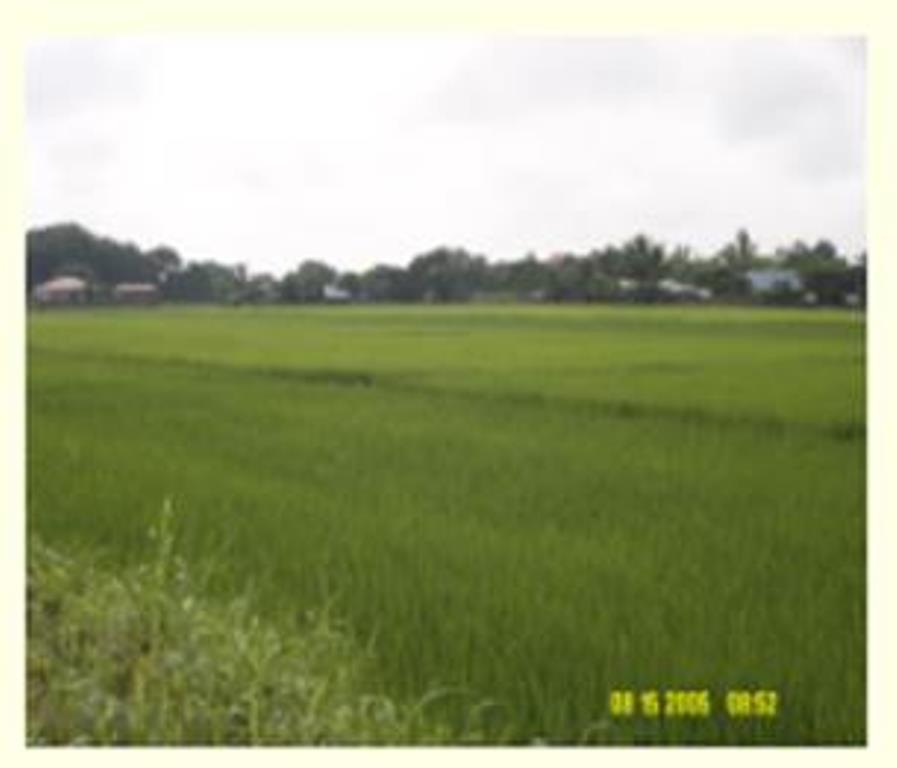Rice Area Mapping and Backscatter Analysis using Multi-temporal Radarsat Images in the Rainfed Areas of Pangasinan and Nueva Ecija
Year: 2005-2006
Country: Philippines
Location within country: Pangasinan and Nueva Ecija provinces
The main objective of this project was to produce an accurate and updated rice area map with high accuracy by using multi-temporal SAR data from RADARSAT. The sub-objectives were: 1) To analyze the relationship of rice backscatter with plant growth parameters, 2) To map the rain-fed paddy areas in Pangasinan and Nueva Ecija, Philippines using multi-temporal RADARSAT data, 3) To produce an updated rice area map with high accuracy.
Descriptions
The study area covers two provinces, Pangasinan and Nueva Ecija. Three RADARSAT SAR images were acquired for the wet season rice-cropping period. The ancillary data and information used in the study were agronomic data (biomass, plant height and leaf area) and cultural practices (water depth, fertilizer-use and rice variety, and planting and harvesting dates). Multi-temporal RADARSAT images were used to map the rain-fed rice areas. After filtering and geometric correction, backscattering coefficient was calculated. A multi-temporal color composite of the three dates of RADARSAT was used in the classification and image transformation i.e. band ratios and average image. ASTER images were used as an aid in the visual interpretation and image classification. Finally, the relationship of the agronomic parameters, and the backscatter values of the three RADARSAT images were also investigated. The results obtained from the unsupervised classification of RADARSAT-Multi-temporal data was 91.84% of overall accuracy, while 93.28% for supervised classification. Unsupervised classification of RADARSAT-Transformed data gave 84.48% of overall accuracy.

